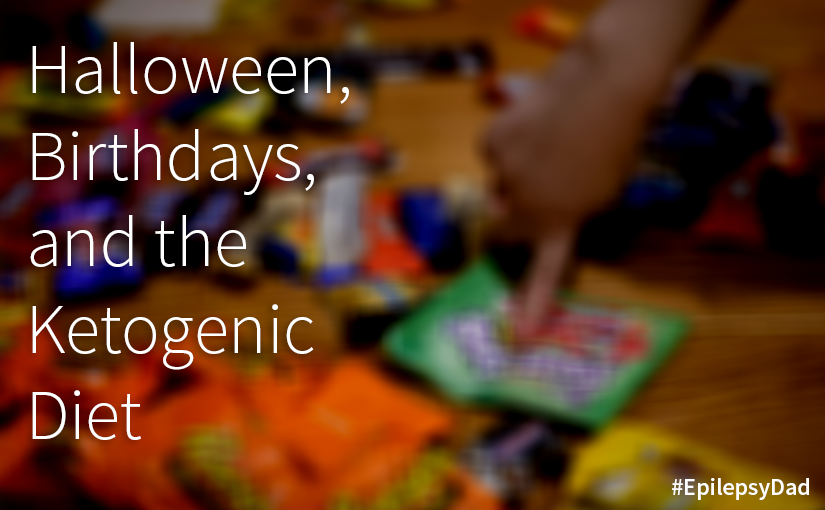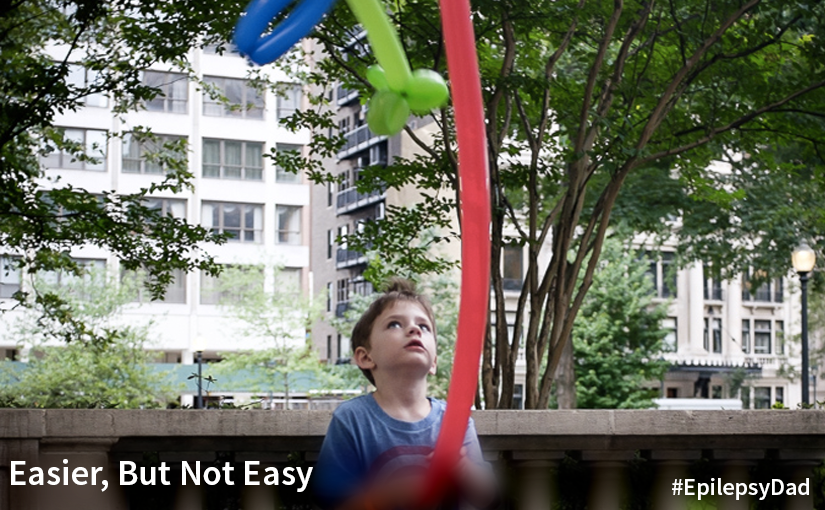My son has been on the ketogenic diet for about six months. He’s on the diet because he has refractory epilepsy, which basically means that the half-dozen medicines that he has been on in the last year haven’t been able to control his seizures. The ketogenic diet is what the doctors try when the medicine doesn’t work.
The diet works by getting the body to use fat as its fuel source, which causes it to produce ketones. How do you get the body to use fat? You change your diet so that it doesn’t have a choice. The ketogenic diet is a high fat diet where 90% of the calories come from fat. It includes enough protein to grow and a minuscule amount of carbohydrates, but the diet is primarily oil, butter, cream, and mayonnaise.
The diet is hard. For parents, it’s labor intensive to measure every part of a meal. There are urine strips and blood draws to make sure the diet is working and not doing harm. For my son, the diet means he can’t eat whatever he wants. He can’t just grab a snack. He can’t pig out. There are no pizza parties, no ice cream socials, and no guilty pleasure of hitting a drive-through. The diet and resulting lifestyle changes are a really tough thing to put anyone through, especially a child, which is why it’s not the first option in a treatment plan.
October happens to be a particularly big month for carbohydrates. The orgy of chocolate and processed sugar that is Halloween comes only a few days after another celebration of sugar and flour, my son’s birthday.

This year, being on the diet meant that every door we went to and every “Trick or Treat” that my son spoke was for candy that he couldn’t eat. It also meant that the tray of cake my wife brought in to the school for my son’s class was for everyone except the birthday boy.
As impossible as it all seems, my son never complained. He knew that he couldn’t eat the candy because it wasn’t on the “hockey diet”, and he was happy to trade the mountain of candy that he collected for a present. He devoured his special “keto cupcake” (made with soy flour, mayonnaise, and heavy cream) while his classmates ate regular birthday cake.

I’m not sure I could be on the diet. I’m relatively certain I couldn’t do it without complaining. I’d look at all the people around me eating whatever they wanted, whenever they wanted, and I would feel cheated. Maybe it’s a blessing that this is happening to my son when he is so young, before he has a reference for what he is missing. Or maybe he’s just a strong, special kid, like the many other kids that are on the diet to help control their seizures.
The diet seems to be working for my son. Would I rather he be allowed to shove his hand in to his Halloween bag and get sick eating too much candy on Halloween night? Absolutely. Do I wish that he didn’t have epilepsy, or that he had the kind that can be controlled with one, easy medication? Absolutely. The diet is hard. It’s hard on his body, it’s a hard lifestyle to maintain, and I imagine that it’s hard to feel different from everyone else.
But he does have epilepsy, and he has a complicated kind that doesn’t respond well to medicine. I’m just grateful there was another option.




